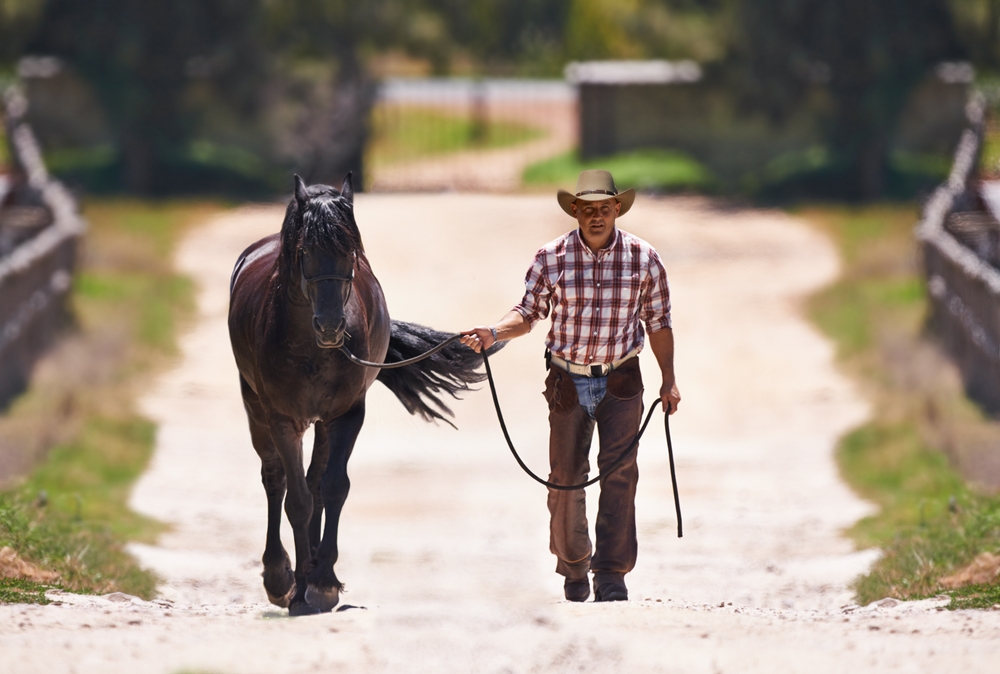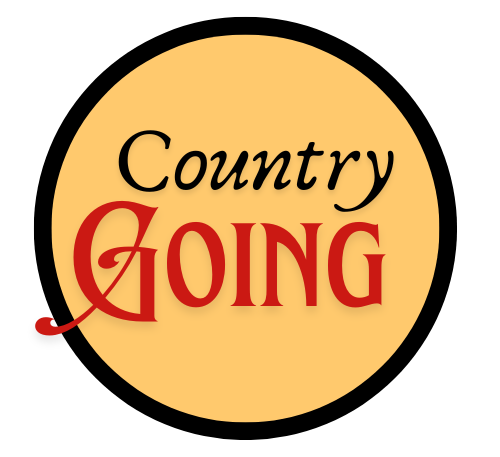The American cowboy stands as an enduring symbol of rugged independence and the pioneering spirit that defines American identity. This iconic figure captures the imaginations of people both within and outside the United States, representing an idealized version of freedom and adventure. From their origins influenced by the vaqueros of Spanish heritage, cowboys have become legendary figures in both history and pop culture.
Through movies and novels, the mythic archetype of cowboys has been preserved, romanticizing their roles in cattle drives and frontier towns. While the realities of cowboy life in the 1800s were far from glamorous, their legacy speaks to values that continue to resonate. Intrigued by the stark contrast between myth and reality, many delve into the lives of these historical figures, discovering an unvarnished yet compelling narrative.
Exploring cowboy culture offers a window into American heritage and its global influence. From the real lives of cowboys in the American West to the celebrated figures in the Hall of Great Westerners, the cowboy remains a potent image. Whether it’s their skill in cattle herding or their representation in media, the cowboy’s enduring appeal is woven deeply into the fabric of American culture and values.

The Historical Roots of the American Cowboy
The American cowboy emerged from a blend of Spanish and Mexican traditions, and their pivotal role expanded as settlers moved westward. These roots deeply influenced cattle herding and ranching practices.
Origins and Influences
The roots of the American cowboy trace back to Spanish vaqueros, who brought cattle and horses to the Americas in the 1500s. Vaqueros developed sophisticated skills in roping, riding, and herding livestock. Their techniques and traditions were integral in shaping what would become cowboy culture.
Spanish influences were evident in the adoption of tools and clothing. For example, the cowboy hat and chaps evolved from Spanish designs. The cattle herding practices established by vaqueros served as a foundation for American ranching.
Development and Expansion of the West
As American settlers moved west in the 19th century, the need for skilled labor to manage vast herds of cattle became crucial. Cowboys adopted and adapted the techniques from vaqueros, and this led to the quintessential image of the cowboy in American culture.
Cattle drives transported livestock from Texas to railroad hubs in Kansas and beyond. These drives were essential to the economy and facilitated the expansion of the American West. Cowboys played an integral role in maintaining the herds and ensuring their safe passage across long distances.
The blending of vaquero traditions with the demands of expanding American frontiers resulted in the iconic cowboy’s enduring image today.
Cultural Significance and Modern Mythos
The American cowboy remains a potent symbol of ruggedness, freedom, and adventure. This section delves into cowboy iconography in media, lifestyles, and the role they play in contemporary society.
Cowboy Iconography in Media
Cowboy imagery has been a staple in films, television, and literature for decades. Classics like “The Good, the Bad, and the Ugly” and “Bonanza” have immortalized the cowboy persona. Characters often depict a stoic, self-reliant hero facing the vast, untamed wilderness.
This iconography extends beyond traditional media. Video games such as “Red Dead Redemption” immerse players in the cowboy experience, blending historical elements with engaging storytelling. Popular culture continuously revives the cowboy, making him an enduring figure.
The Cowboy Lifestyle and Values
The cowboy lifestyle revolves around principles like individualism, hard work, and a deep connection to nature. Adopting skills from the vaqueros, early cowboys excelled in cattle herding, roping, and ranch management. These tasks required practical skills and bravery.
Today’s cowboy culture still emphasizes traditional values. For instance, the cowboy code promotes honesty, integrity, and respect for the land. Rodeo events hold modern showcases of these values, with participants demonstrating expertise and adherence to a code of conduct.
Cowboys in Contemporary Society
Modern society continues to be influenced by cowboy culture. From fashion to music, cowboy elements are prevalent. Cowboy boots, hats, and denim jeans have seamlessly integrated into mainstream fashion. Country music, often featuring themes of love, loss, and rural life, celebrates the cowboy spirit.
Moreover, festivals and events like rodeos bring communities together, preserving cowboy traditions. In the workplace, the cowboy ideal influences leadership styles that prioritize self-sufficiency and resilience. Ultimately, the cowboy remains a cultural cornerstone, echoing values that resonate with many.
